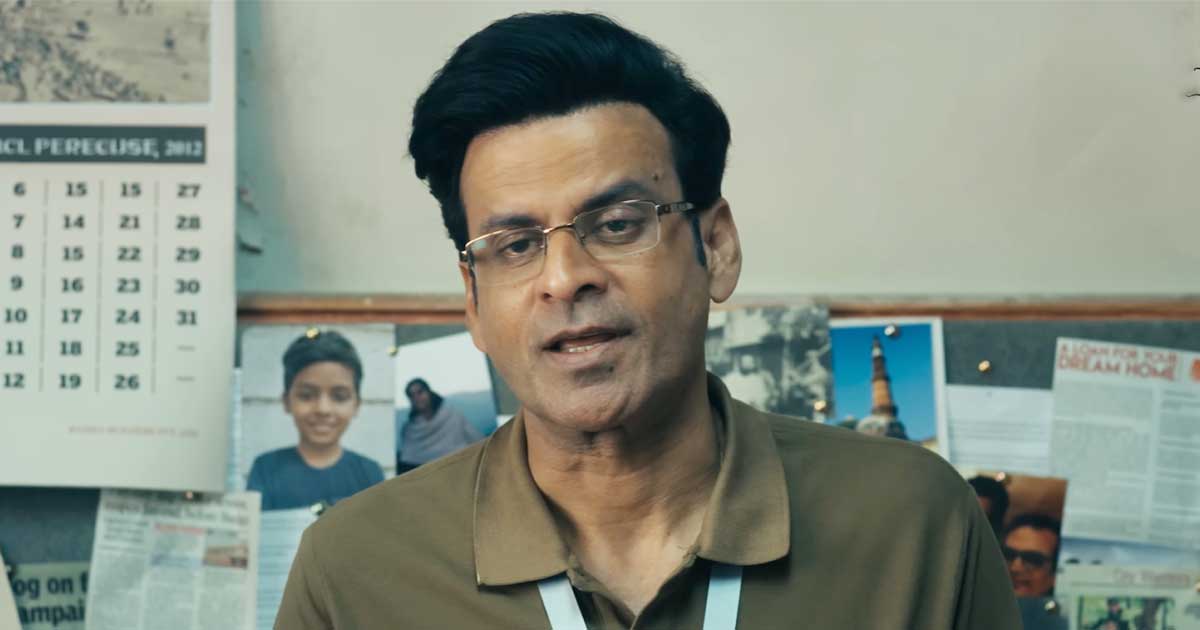Just a dozen humans in all of history have had the incredible experience of walking on the Moon. The best of the best. Our bravest and most competent. Earth’s ambassadors. Twelve men of incredible physical fitness and intellectual prowess.
Put ’em in one of those 60s-era space suits in one-sixth of Earth’s familiar gravity, though, and you can fire up the Benny Hill music. The sheer, childish glee with which these esteemed individuals bounce about never fails to bring a smile, and watching them flounder about trying to get back up when they fall over is hysterical. It’s not just me; watch Mission Control cracking up toward the end of the video below.
Astronauts falling on the Moon, NASA Apollo Mission Landed on the Lunar Surface
With humanity scheduled to step back onto the lunar surface in September 2026, MIT researchers are apparently seeking to deny future generations a giggle. Or perhaps, to provide supplementary giggles; it’s hard to say looking at this idea.
“Astronauts are physically very capable,” says Harry Asada, professor of mechanical engineering at MIT, “but they can struggle on the Moon, where gravity is one-sixth that of Earth’s but their inertia is still the same. Furthermore, wearing a spacesuit is a significant burden and can constrict their movements. We want to provide a safe way for astronauts to get back on their feet if they fall.”
The solution: a pair of wearable robotic “SuperLimbs” that extend from the bottom of a space suit’s backpack, ready to flip astronauts back onto their feet with minimal effort when required.
MIT
This may be a case of “to a man with a hammer, everything looks like a nail” – Asada and his team developed these SuperLimbs 10 years ago, and have since adapted them to assist with things like ship building, aircraft manufacturing and construction. “In communications with NASA, we learned that this issue of falling on the Moon is a serious risk,” Asada says. “We realized that we could make some modifications to our design to help astronauts recover from falls and carry on with their work.”

MIT
The researchers first tried to figure out how humans in general try to stand up when they’ve fallen over in very restrictive clothing. So they suited up a bunch of volunteers in stiff, bulky gear and had them get up from the floor off their stomachs, sides and backs. Analyzing the motions as these people tried to stand up, they arrived at a common, predictable sequence that around 80% of people followed.
They then developed a controller around that standing sequence, and programmed a single, floor-mounted robot arm to help people to their feet while grabbing onto a large backpack, a process recorded in the deeply unimpressive video below.
ICRA2024: Supernumerary Robotic Limbs to Support Post-Fall Recoveries for Astronauts
“It feels kind of like an extra force moving with you,” says team member Erik Ballesteros, who tried out the system. “Imagine wearing a backpack and someone grabs the top and sort of pulls you up. Over time, it becomes sort of natural.”
Thus having proven that robot arms can help people get up, the team’s next step is to incorporate this assistance into their latest version of SuperLimbs, which will entail two multi-jointed arms, hanging from either side of the bottom of a backpack. In the space suit, the backpack will also contain the control systems, as well as the astronaut’s breathing apparatus.
The relevant NASA Space Technology Research Grant gives insights into how else the SuperLimbs might end up being used: improving productivity during lunar work by stabilizing the wearer’s body, predicting and catching falls before they happen, and reducing an astronaut’s metabolic activity by making sure they expend the least effort possible on tasks, thus conserving oxygen and extending their time outside a pressurized vehicle.

MIT
There’s also the fascinating inclusion of “quadruped functions” which might turn the astronaut into some kind of lunar centaur – that might bring some of the fun factor back!
Working at NASA’s Jet Propulsion Laboratory, Ballesteros will build a full system and streamline it with lightweight materials suitable for launch. It’ll hopefully then be paired with space suits and tested in low-gravity simulators.
“During the Apollo era, when astronauts would fall, 80 percent of the time it was when they were doing excavation or some sort of job with a tool,” says Ballesteros. “The Artemis missions will really focus on construction and excavation, so the risk of falling is much higher. We think that SuperLimbs can help them recover so they can be more productive, and extend their EVAs.”
Crazy stuff!
Source: MIT







